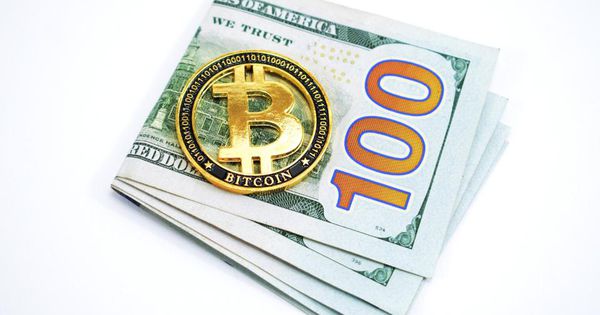cryptocurrency More Written By: Alex Mashinsky , CEO of Celsius Network and accomplished VoIP entrepreneur
Most companies or projects that hold an ICO or token generation event (TGE) are under enormous pressure to get their tokens listed on major exchanges as quickly as possible. Most ICOs get listed in less than 3 months. But there are a number of very important reasons why getting listed as soon as possible doesn’t help either the company or the contributors to the project.
That’s why we chose to take a different route. One that is in the best interest of our token holders.
Instead of forking over upwards of $6 million in listing fees (as Binance now commands) just to get CEL on a single major exchange, we decided to avoid that game entirely. Instead, we developed a strategy that allows us to profit as we get listed on multiple exchanges, all without needing to throw away the hard-earned money that contributors entrusted us with in our crowdsale. So let’s take a look at how the exchange game works, and how we decided to do things our own way.
The old game: everyone gets screwed but the exchange Here’s how the process often plays out.
A project launches an ICO and brings in a decent amount of money. Ideally, that money should be used to build the product or service and add value to the project by allowing the company to hire more developers, fund more marketing, etc.
But instead, what happens so often is the ICO gets immediately put under an incredible amount of pressure from early contributors who got the deepest discounts (or biggest bonuses) to list on a major exchange as soon as possible. These contributors, who only play the short game, don’t care about the project or the crypto community. They’re here to arbitrage their connections and their ability to negotiate discounts as high as 90%, in order to monetize their gains and move on to the next desperate ICO who needs their ETH to help separate themselves from the rest of the ICO noise.
This is because nearly every ICO cannot resist the easy money of flippers and big whales, these are individuals or groups that buy into the ICO with the intent of selling it immediately as soon as it lists in an attempt to snag a quick profit. According to a recent study, the best time to buy and sell ICO assets is during the early stages of a presale, and then within 1-hour of a major exchange listing.
In order to satisfy the early flippers, ICOs need to pay an enormous listing fee to a major exchange. We’ve heard of Binance increasing their listing fee from $2m to a whopping $6 million, due to demand. And even if the project can come up with that astonishing amount, there’s still no guarantee that the exchange will list you. In our case, that means we would have to spend over 10% of our total raise, or over 10 cents of every contributor’s dollar just to list on Binance. It’s hard to justify how this listing could provide that much benefit to the token holders.
Here’s a list from just one of the many companies touting their ability to get companies like ours listed . You’ll see the crazy prices they’re offering.
And that’s just the beginning.
Things are about to get a lot worse.
Fake it until you (might) make it
cryptocurrency exchange More Next, many major exchanges require that you retain the services of specific bots what’s known as market makers.
In simple terms, a market maker is an entity that will make sure that their computer lists at least 10 buy orders and 10 sell orders on the exchange at any time. Some exchanges require 20 orders on each side, or even more.
The job of the market maker is to make it appear as though there is significant activity and liquidity on the market on both sides, and to generate the appearance of high volume.
This volume and low spreads gives speculators the artificial comfort that they can get in and out of positions at any time even if there is no real buyers or sellers on the other side.
It is estimated that close to 90% of all trades on exchanges are with such bots and not humans . The market maker does not take any financial risk or benefit the token holders, as they merely create liquidity, but do not change the direction of price or net volumes over time..
